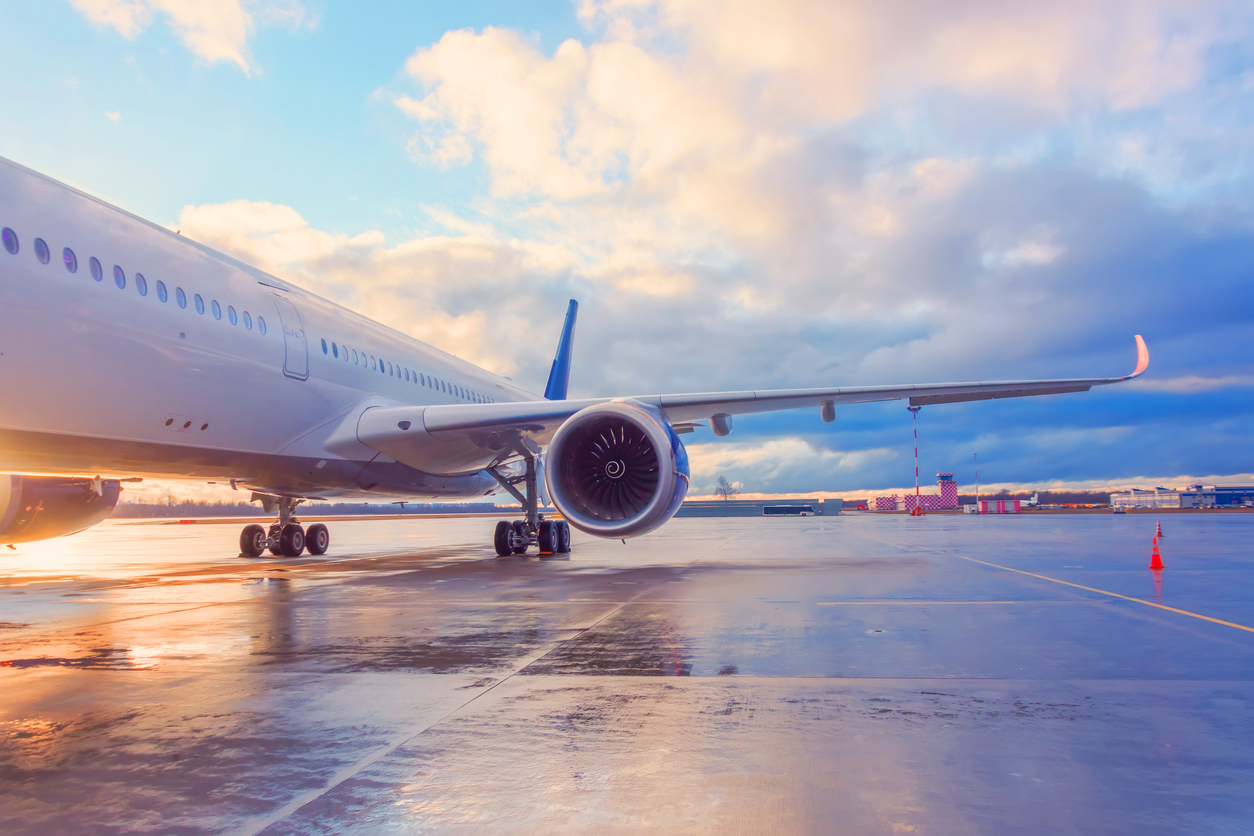According to a recent Gallagher Re report, as aviation reinsurance continues to recover from large losses caused by a number of challenges in recent years, the medium-term outlook suggests that the market will remain difficult for some time to come.
The market has been volatile in recent years, with the impact of the COVID-19 pandemic, geopolitical shocks, and macroeconomic challenges; events that have impacted the re/insurance industry as a whole, causing rates for aviation reinsurance to rise at the most recent renewal.
“The insurance and reinsurance markets will always be cyclical, and the aviation industry is no exception.” “In recent years, we have seen turbulent cycles that have led to some carriers limiting the amount of aviation business they underwrite, or in some cases withdrawing entirely,” said André Liebkopf, Head of Property and Aviation, Reinsurance at AXA XL.
The aviation re/insurance market experienced a soft market period in the early 2000s as a result of severe corrections following the tragic events of September 11, 2001, and several other large aviation losses, as well as the introduction of exclusions and tightening of terms and conditions.
Many aviation underwriters began to introduce pricing tools and use more actuarial resources during this time period. Following a decade of low claims activity, there was a series of large losses during the soft market of the 2010s, which occurred at a time when rates were low and terms and conditions were broad.
As a result, many aviation re/insurance underwriters have seen their profit margins and combined ratios deteriorate. Then, in 2017, when hurricanes Harvey, Irma, and Maria struck, the reinsurance market suffered significant losses. Following these events, and after determining which lines of business were not profitable enough, many companies withdrew from aviation entirely at the time.
Today’s aviation re/insurance market is confronted with a new set of challenges, including global and social inflation, as well as a volatile geopolitical environment.
Despite the significant losses suffered by aviation in recent years and months, which have also impacted the re/insurance market, the industry is beginning to show signs of life. After the difficult years during the height of the COVID-19 pandemic, demand for air travel is expected to return to nearly pre-pandemic levels this year, according to Liebkopf.
However, the airline industry faces a number of challenges, including inflation, rising fuel costs, labor shortages, and supply-chain constraints, as well as the challenge and opportunity that is the transition to lower carbon, more sustainable fuel sources and the drive toward net-zero emissions.
The series of unprecedented losses from 2019 to 2021 elicited widely disparate reactions from various segments of the market. The aviation reinsurance market saw significant rate increases. Retentions were reviewed, online minimum rates were re-examined, and coverage restrictions were implemented.
According to Liebkopf, this shift was already underway before the largest renewals, with reinsurers warning clients and brokers that it would most likely be a long-term reaction.
“A difficult market for aviation reinsurance is likely to persist for the foreseeable future,” Liebkopf said. “However, the reaction in the insurance industry was somewhat mixed.”While some insurance underwriters clearly agree with their reinsurance counterparts that a correction is required, others have pointed to their’risks-attaching’ reinsurance programs and determined that there is no immediate need for change because they continue to benefit from historic terms and conditions.”
The aviation insurance market currently has ample capacity, and while most cedents appear to indicate that a primary rate increase will occur in 2023, this is obviously more difficult to achieve when capacity is plentiful, according to Liebkopf.
This capacity comes from some established players looking to increase their market share, most likely in anticipation of future rate increases, as well as some newer capacity with fresh appetite looking to build market share, he added.
Despite this, Liebkopf cautions market participants to conduct their own analysis to determine whether the rates they can achieve are adequate, and to monitor the market’s health for major risks. They must try to predict whether market premium income in 2023 will return to pre-coronavirus levels, as well as whether exposures will be similar.
As general costs rise due to inflation, reinsurance rates are likely to rise or remain at current levels for some time. “Buyers of aviation reinsurance should consider the reinsurer position when it comes to adjustable rates,” Liebkopf said, even if direct market premium is not growing at the same rate as online rates. A tougher stance on minimum premiums should not come as a surprise.”
According to the report, one potential reaction of the excess-of-loss market to current conditions could be to change the basis of coverage to losses-occurring, negating some of the argument for delaying rate increases.
According to the report, there is already a clear decrease in appetite for proportional business, which is typically a sign of skepticism about future profitability and could be driven by rate adequacy or structural issues such as unlimited event definitions.
“We believe that a sustainable market with stable capacity is a healthy market,” Liebkopf concluded, “and we hope that professional market players’ technical analysis will continue and underwriting discipline will return, even if there is more than enough capacity.”The reinsurance market has not always been the most disciplined in history, and only time will tell if the current market cycle will result in a return to healthy growth. However, we believe that learning from the past and considering the changing risk outlook for the future will ensure that the aviation re/insurance market remains in good health in the medium term.”













